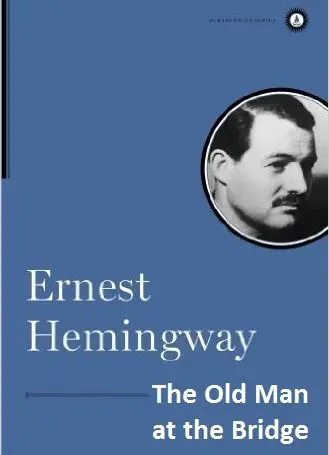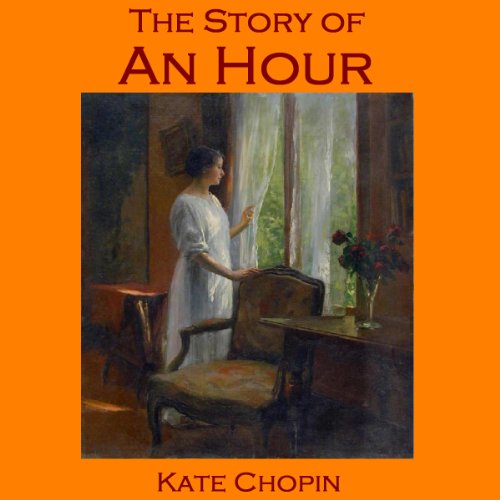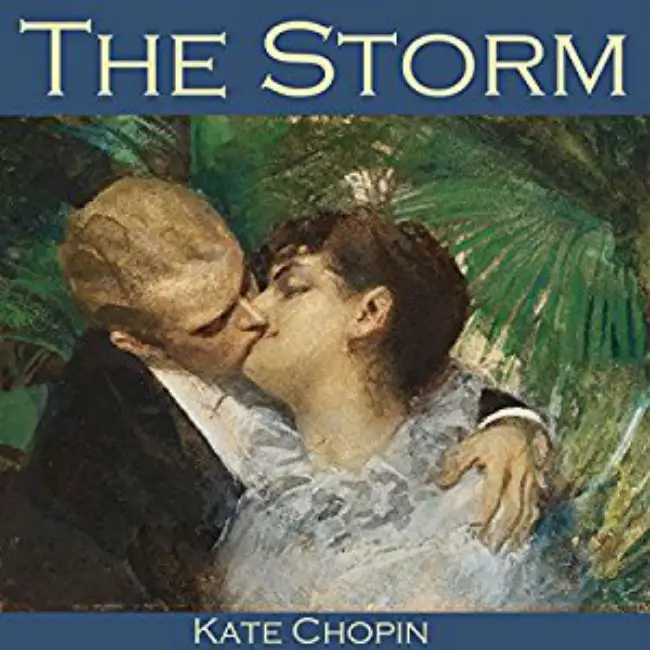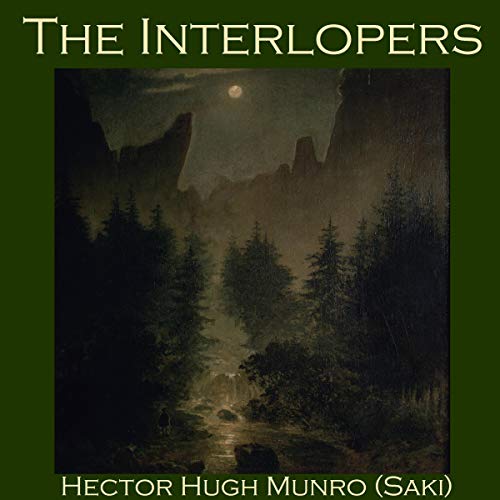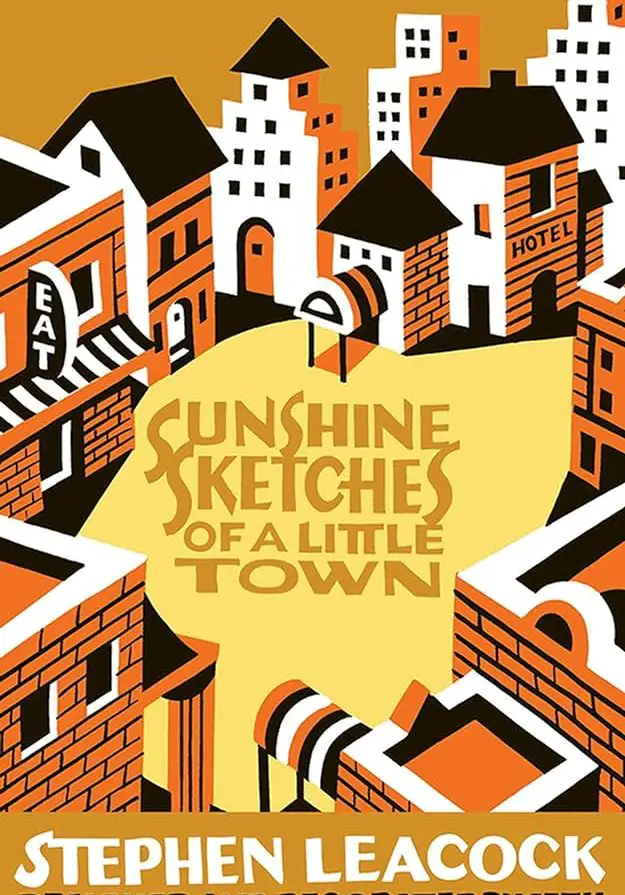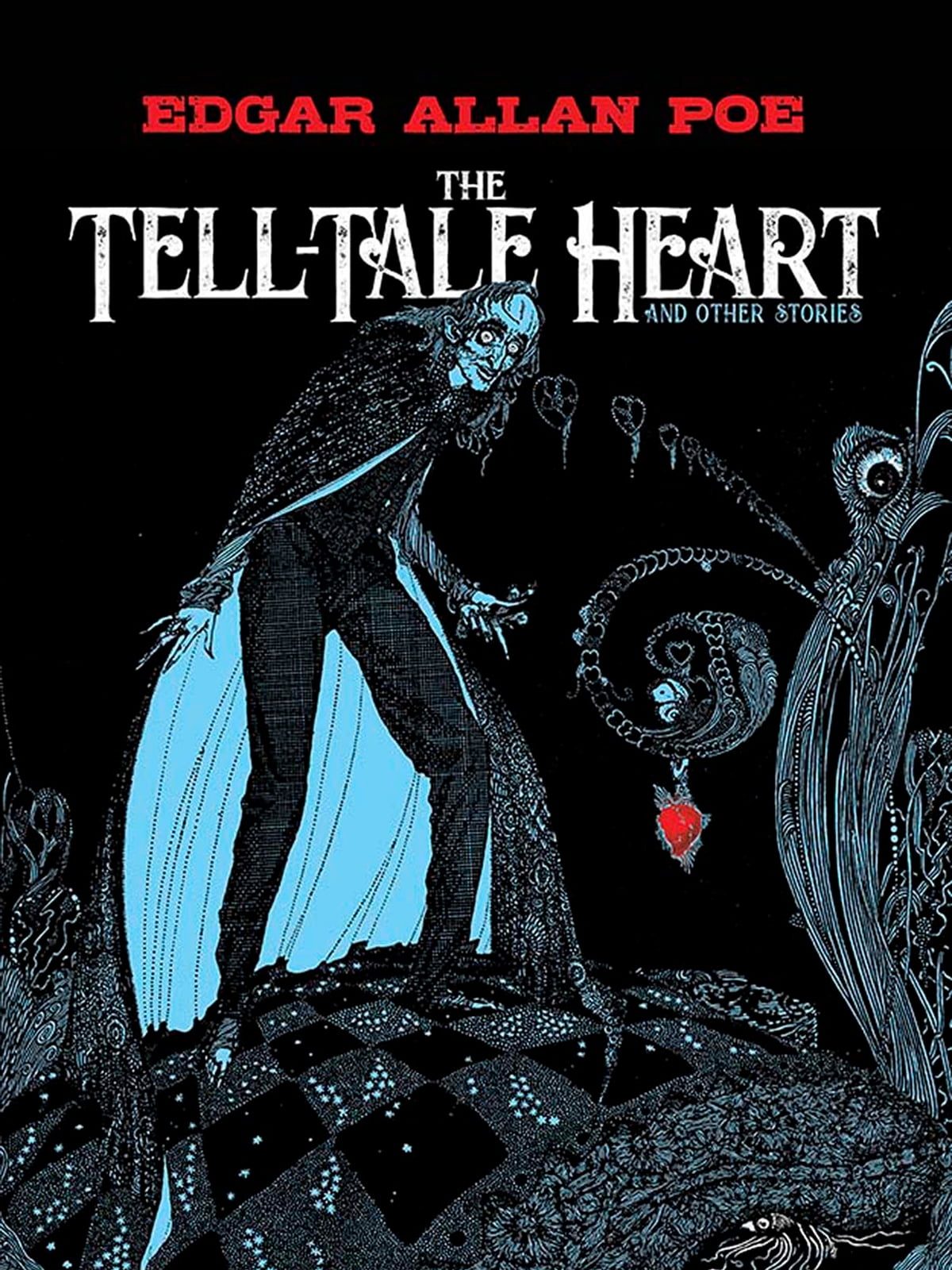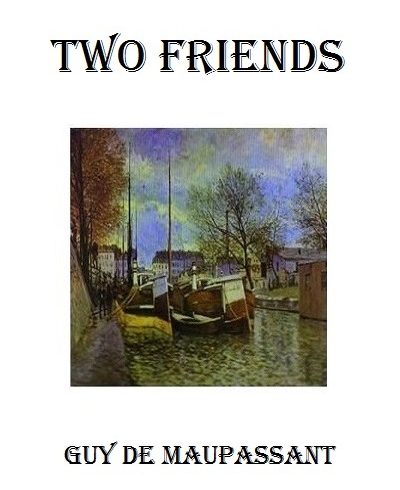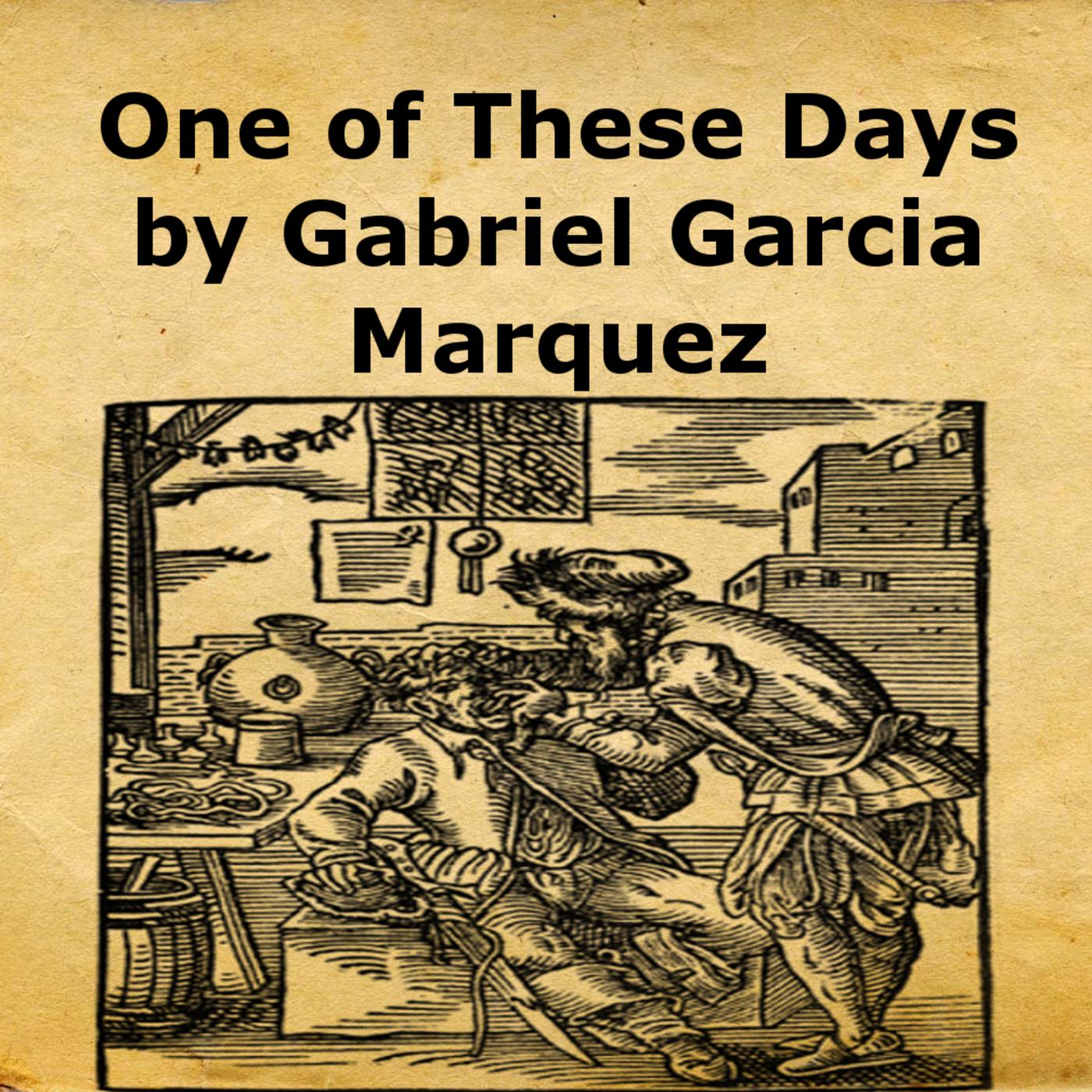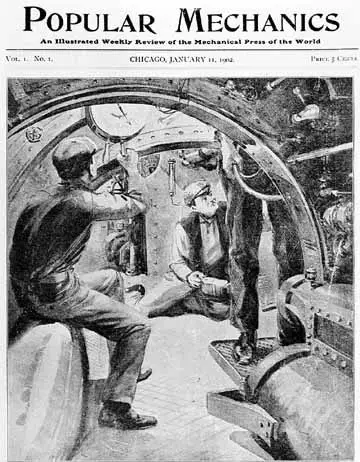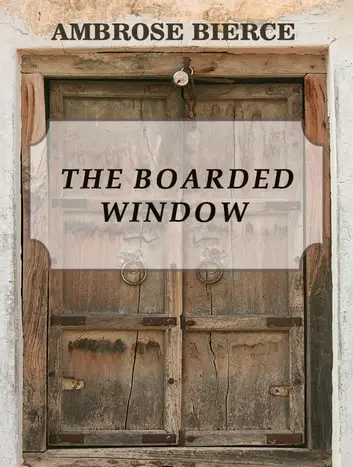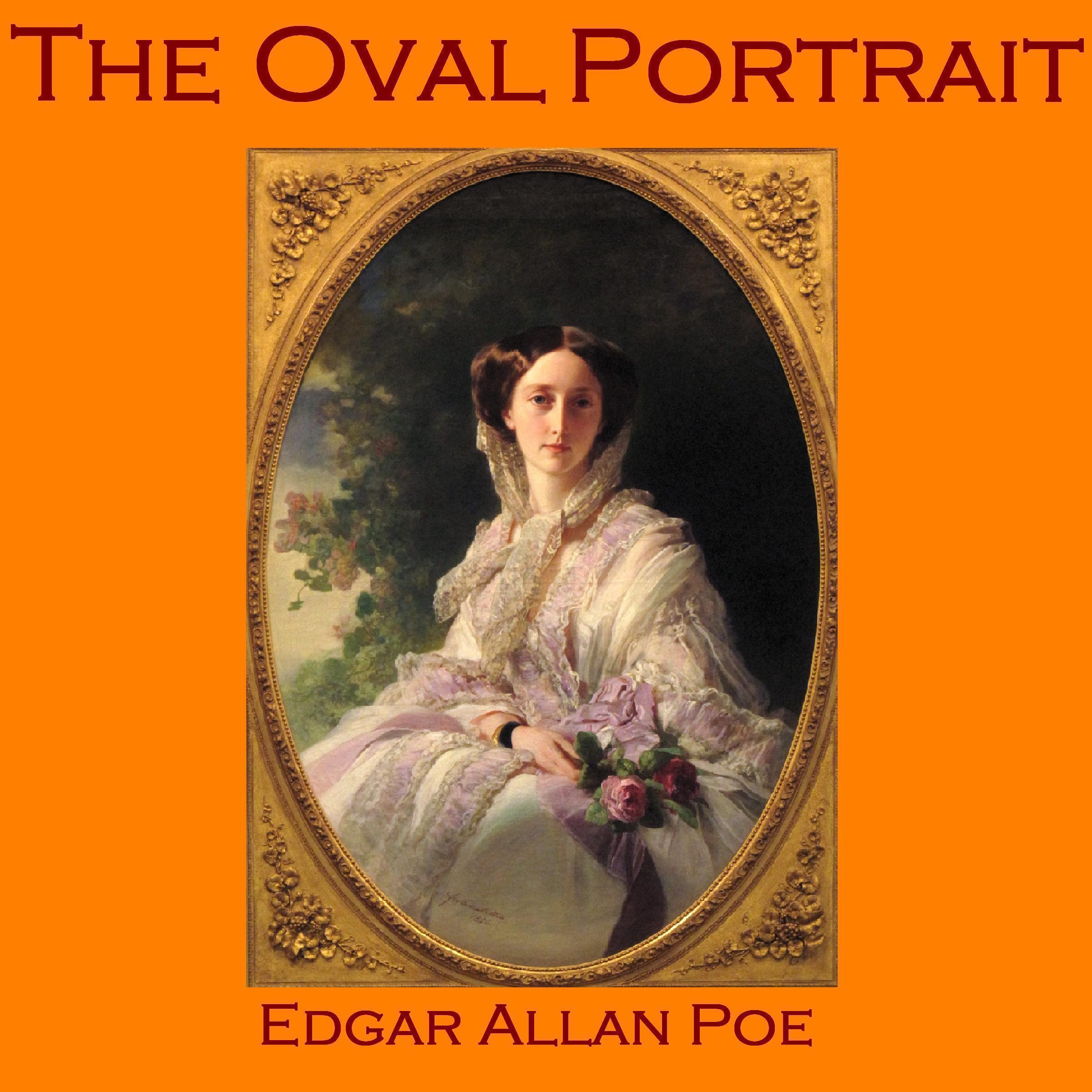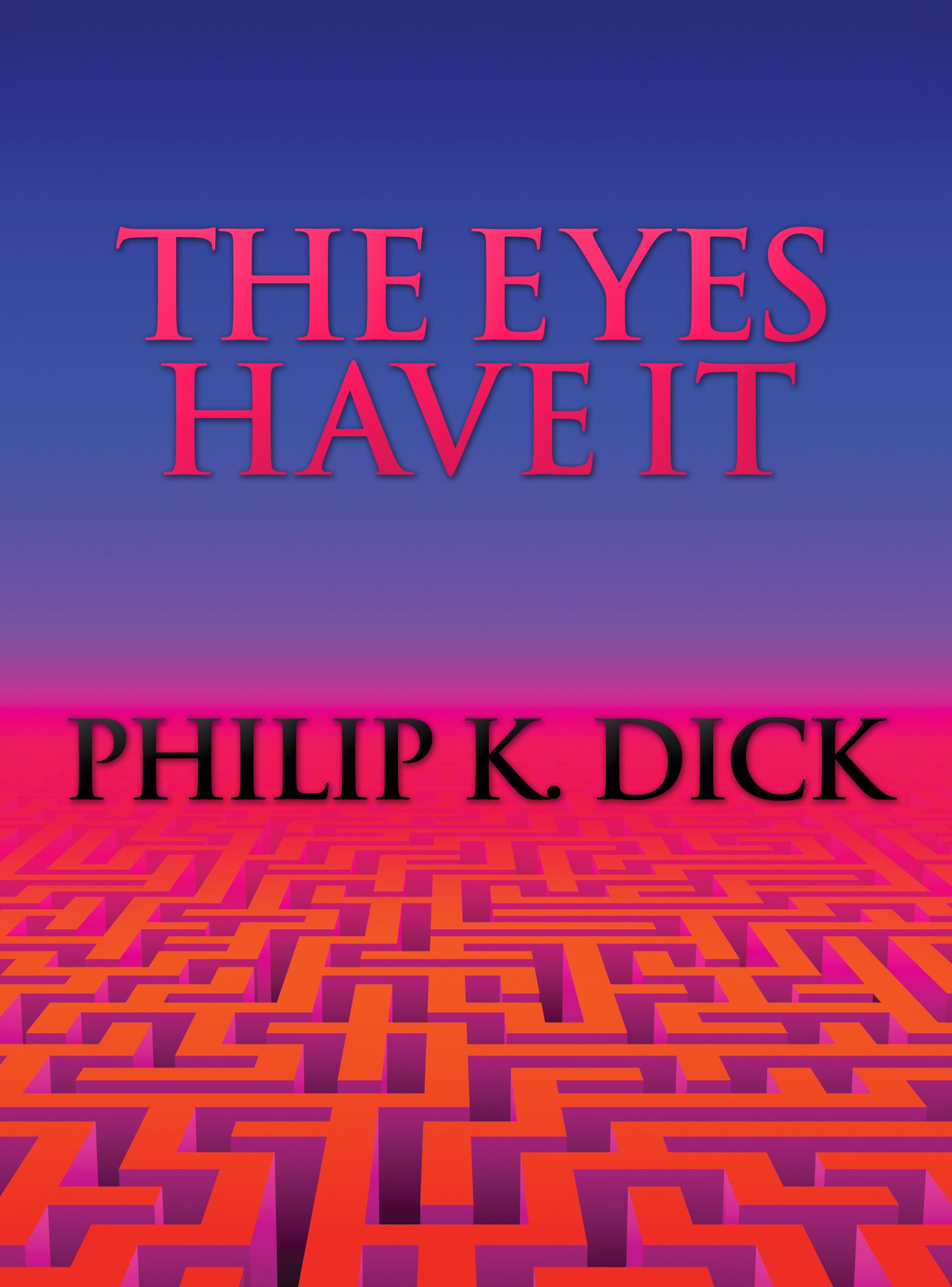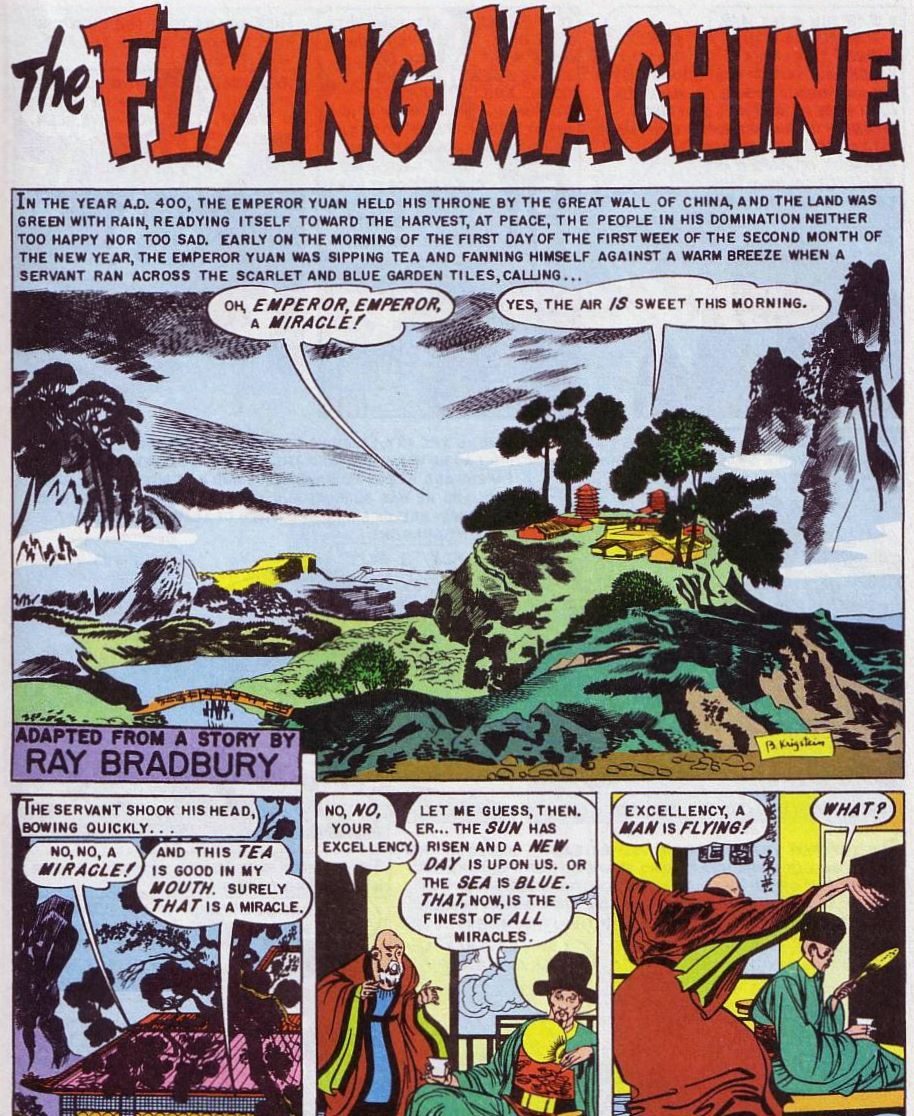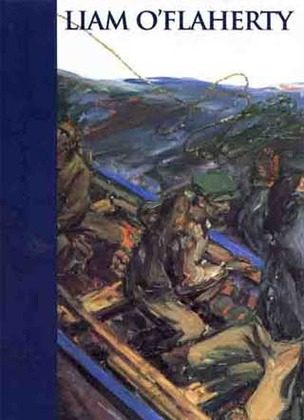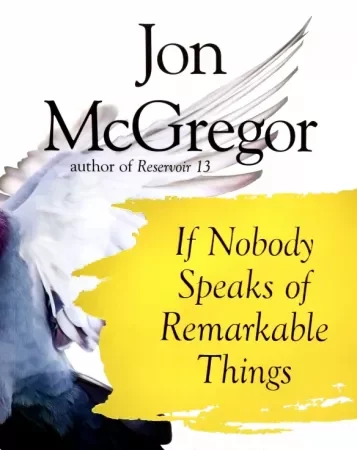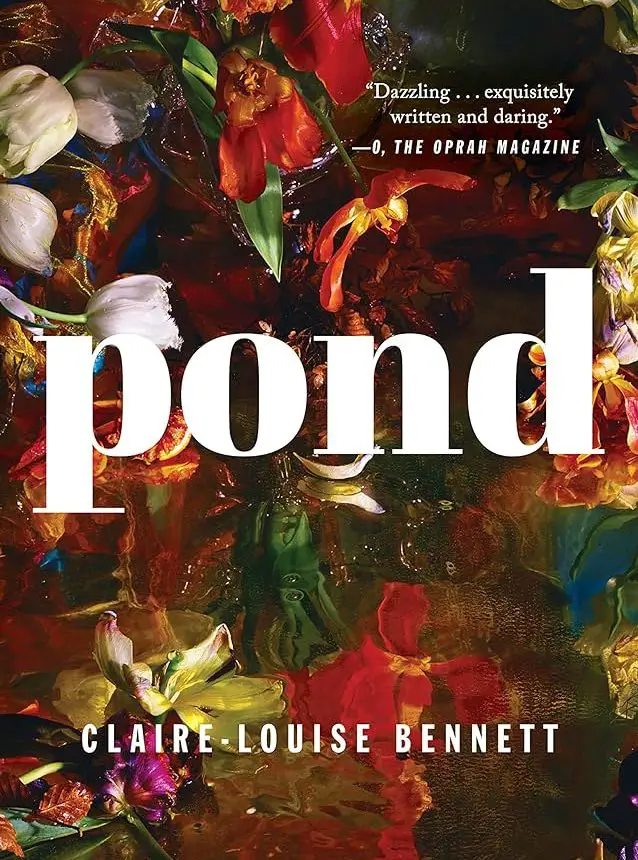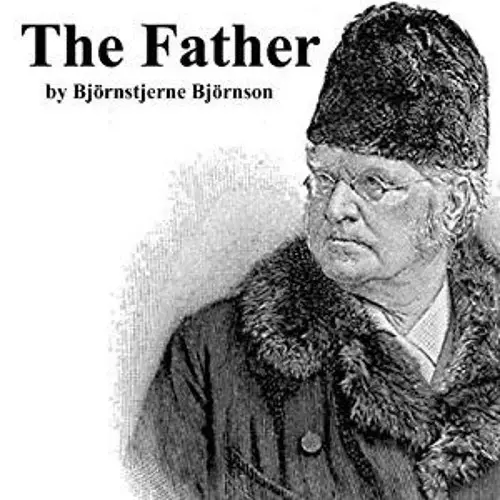In the world of education, few literary forms possess the same power as short stories. These compact narratives are like windows into different worlds, offering insights into the human experience, diverse cultures, and profound life lessons. For high school students, the significance of short stories cannot be overstated. They provide a unique opportunity to develop critical thinking, cultivate empathy, and ignite a passion for literature. In this article, we will embark on a journey to discover the best short stories for high school – a collection that spans from timeless classics to modern masterpieces, ensuring that every student can find a tale that resonates with them.
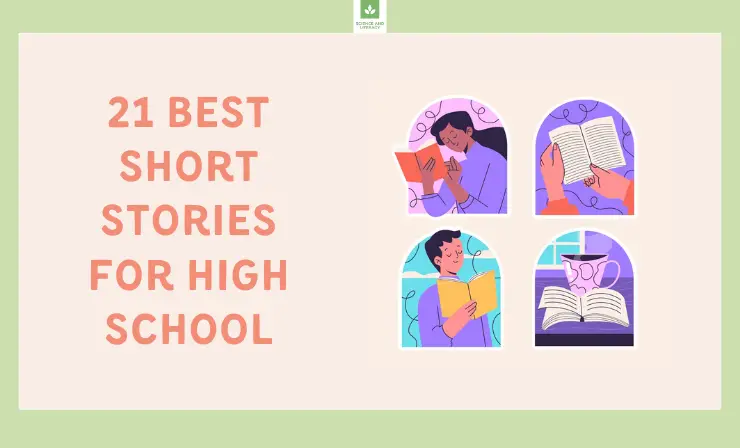
What makes a short story ideal for high school students? It’s a blend of storytelling craftsmanship, the ability to provoke thought and discussion, and a relevance that transcends generations. These are the qualities we seek in the best short stories for high school, narratives that bridge the gap between the past and the present, encouraging students to explore the depths of literature and discover the world within and around them. In the pages to follow, we will embark on a literary journey, exploring a collection of short stories that are sure to leave a lasting impression on high school students, enriching their understanding of the human experience and the power of storytelling.
In this article, we will delve into the world of short stories for high school students, uncovering the enduring relevance of these narratives in contemporary education.
The idea of using literature (either novels or short stories) is great for high school students. When they see fictional characters going through the same challenges they are, students can do deeper analysis on the story and on themselves.
— Matt Woodworth, Ph.D. (@WoodworthPrep) October 2, 2023
What you’ll find on this page:
- The Significance of Short Stories in High School →
- 21 Best Short Stories for High School →
- Conclusion →
The Significance of Short Stories in High School
High school is a critical period in a student’s life, where they are exposed to a wide range of subjects and ideas. One essential aspect of education that often goes overlooked is the inclusion of short stories in the curriculum. These literary gems have a profound impact on students, shaping their character, and providing valuable life lessons. In this article, we will explore the significance of short stories in high school and how they contribute to a holistic education.
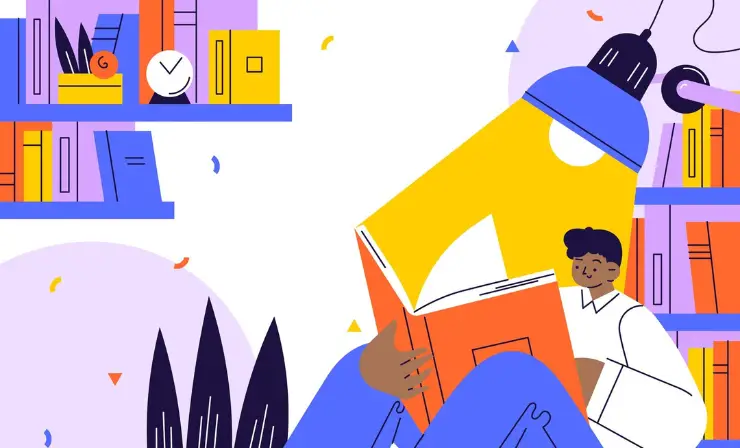
Developing Critical Thinking and Empathy
Short stories are windows into different worlds, cultures, and human experiences. When high school students engage with diverse characters and situations, they are challenged to think critically and empathize with the characters’ struggles and triumphs. Through this, they develop a deeper understanding of human nature and the complexities of the world around them.
Cultivating a Love for Literature
Exposing students to a variety of short stories can ignite a passion for literature. Reading stories that resonate with their age group and interests can turn them into lifelong readers. It’s not just about reading; it’s about fostering a love for the written word that extends beyond the classroom.
Enhancing Language Skills and Vocabulary
Short stories are rich in language and symbolism. Analyzing these narratives sharpens a student’s language skills, improves comprehension, and enriches their vocabulary. This enhancement in language proficiency not only aids academic success but also empowers them in communication and self-expression.
This video showcases effective strategies for enhancing reading skills in high school students.
Promoting Diversity and Cultural Awareness
In today’s interconnected world, cultural awareness is vital. Short stories often explore different cultural backgrounds, traditions, and worldviews. They introduce high school students to a myriad of perspectives, fostering tolerance and appreciation for diversity.
21 Best Short Stories for High School
These revised paragraphs provide a more structured and informative overview of each short story, making it easier for readers to understand the author, year, plot, lessons, and target audience for each story.
| Short Story | Description |
|---|---|
| 1. “Old Man at the Bridge” by Ernest Hemingway (1938)
| Plot: Amidst the turmoil of the Spanish Civil War, an old man, too exhausted to join the fleeing crowds, sits by the roadside. As he watches the river, he shares his life story with a passing soldier, revealing the pain of losing his animals and his loneliness. The soldier, sympathetic yet unable to help, continues on his way. The old man remains behind, resigned to his fate, underlining the tragic impact of war on individual lives and the resilience of the human spirit. What it teaches: This story highlights the impact of war on ordinary individuals and the human capacity for compassion in dire circumstances. Best for: Readers interested in war narratives and stories of human resilience. |
| 2. “The Story of an Hour” by Kate Chopin (1894)
| Plot: Mrs. Mallard, upon hearing the false news of her husband’s death, experiences a range of emotions, from shock and grief to a burgeoning sense of freedom. She envisions her life without her husband, anticipating newfound independence. However, her joy turns to shock when her husband returns unharmed, leading to her sudden death. What it teaches: This story delves into themes of personal freedom and the constraints of marriage, making it a great discussion piece on early feminist literature. Best for: Those interested in exploring themes of women’s rights and societal expectations. |
| 3. “The Storm” by Kate Chopin (1898)
| Plot: In a passionate tale of infidelity, Kate Chopin delves into the complexities of romantic relationships. During a storm, two individuals, Calixta and Alcée, give in to their desires, even though they are both married to others. The story explores the intensity of human emotions, the allure of forbidden love, and the consequences of such affairs. What it teaches: It presents a mature perspective on romantic relationships, making it suitable for advanced high school classes. Best for: Readers who appreciate intricate examinations of love and human relationships. |
| 4. “The Interlopers” by H.H. Munro (1919)
| Plot: In the midst of an age-old land dispute, two bitter neighbors, Ulrich and Georg, venture into a dark, remote forest with the intent to resolve their differences. However, as they cross paths, a twist of fate unfolds. Trapped beneath a fallen tree, they face a stark reality: their mutual hatred is insignificant in the face of an impending natural disaster. What it teaches: This story highlights the futility of human conflicts in the face of a greater, uncontrollable force. Best for: Those interested in stories of human vs. nature conflicts and the consequences of stubbornness. |
| 5. “Sunshine Sketches of a Little Town” by Stephen Leacock (1912)
| Plot: “Sunshine Sketches of a Little Town” offers a collection of humorous stories set in the fictional town of Mariposa. Through these tales, the author provides a satirical and comical view of the idiosyncrasies and eccentricities of small-town life. From quirky characters to humorous situations, the stories serve as an amusing and insightful exploration of rural communities and human nature. What it teaches: This work offers a glimpse into the humor of everyday life, making it an excellent choice for lighthearted reading and discussion. Best for: Readers looking for a dose of comedy and satire in a small-town setting. |
| 6. “The Veldt” by Ray Bradbury (1950)
| Plot: In a dystopian future, George and Lydia Hadley purchase a technologically advanced nursery for their children, Wendy and Peter. The nursery, capable of manifesting children’s fantasies, soon becomes a source of concern as the children’s imaginations take a dark and ominous turn. The story raises questions about the consequences of unchecked technology on family life, making it highly relevant to contemporary discussions about screen time and the impact of digital devices. What it teaches: It prompts reflection on the consequences of overreliance on technology in our lives, particularly for students. Best for: Those interested in futuristic dystopian fiction and technology’s influence on human behavior. |
| 7. “The Tell-Tale Heart” by Edgar Allan Poe (1843)
| Plot: The story is narrated by an unnamed protagonist who tries to convince the reader of their sanity while describing a heinous murder they have committed. Obsessed with an old man’s vulture-like eye, the narrator’s descent into madness unfolds as they plot and execute the murder. The story’s plot revolves around the narrator’s efforts to conceal the crime, eventually leading to their paranoia and guilt. It serves as a gripping exploration of the human psyche and the thin line between sanity and madness. What it teaches: It delves into the psychological aspects of guilt and paranoia, appealing to fans of murder mysteries. Best for: Students intrigued by dark and suspenseful tales with unreliable narrators. |
| 8. “Two Friends” by Guy de Maupassant (1882)
| Plot: During wartime, two close friends, Sauvage and Morissot, share a deep passion for fishing. As they spend their days together, they form a strong bond that transcends the chaos of the war. However, their peaceful camaraderie is juxtaposed against the grim backdrop of conflict, highlighting the theme of loyalty amidst adversity. The story delves into the profound connections that can form in the face of dire circumstances and the shared solace found in a common passion. What it teaches: It highlights the depth of friendship and sacrifice during challenging times. Best for: Readers interested in stories of friendship and the impact of war on individuals. |
| 9. “One of These Days” by Gabriel Garcia Marquez (1958)
| Plot: In a tale of corruption and defiance, a small-town mayor suffering from a painful abscessed tooth seeks treatment from an unlicensed dentist. The dentist, aware of the mayor’s corruption and cruelty, refuses to help him. The story unfolds as a tense and hostile exchange between two individuals, symbolizing resistance against authority and the consequences of abusing power. It serves as a stark portrayal of the power dynamics within society. What it teaches: This story reflects the power dynamics in society and the consequences of corruption. Best for: Those intrigued by themes of power and resistance against authority. |
| 10. “Popular Mechanics” by Raymond Carver (1981)
| Plot: The story begins as a man prepares to leave his home, packing his suitcase. He and his wife engage in an argument that quickly escalates into a fierce confrontation. The narrative, presented with minimalist prose, leaves readers to interpret the story’s outcome. This open-ended approach allows readers to explore the complexities of human relationships, the consequences of communication breakdowns, and the impact of life-altering decisions. What it teaches: A minimalist approach encourages readers to engage in interpretation, making it an excellent choice for discussions on relationships and decision-making. Best for: Those who enjoy open-ended, thought-provoking narratives. |
| 11. “The Minister’s Black Veil” by Nathaniel Hawthorne (1836)
| Plot: The tale revolves around Reverend Hooper, who begins wearing a black veil over his face, causing consternation among his congregation and community. Despite their curiosity and discomfort, no one dares to ask him why he wears it. The story explores the themes of sin, secrecy, and societal judgment, making it a powerful example of Dark Romanticism. It prompts readers to reflect on the nature of hidden guilt and the fear of confronting one’s inner demons. What it teaches: This tale delves into themes of sin, secrecy, and societal judgment, perfect for exploring Dark Romanticism. Best for: Readers interested in exploring themes of guilt, sin, and the human psyche. |
| 12. “The Boarded Window” by Ambrose Bierce (1891)
| Plot: Set on the American frontier, the story hints at a source of terror that may not originate from the physical world. While the setting suggests a tale of frontier survival, the true action and suspense unfold as the story progresses. The narrative’s eerie atmosphere and psychological elements engage readers in a thrilling exploration of fear and the unknown, emphasizing the impact of isolation and loneliness on the human psyche. What it teaches: It offers a psychological exploration of fear and the unexpected, engaging readers with its eerie atmosphere. Best for: Those who appreciate frontier settings and suspenseful storytelling. |
| 13. “The Oval Portrait” by Edgar Allan Poe (1842)
| Plot: In a search for shelter, an injured narrator takes refuge in an abandoned mansion. As he explores the decrepit building, he encounters a series of paintings, each accompanied by a description. However, his attention is captivated by a portrait of a young woman, and he becomes immersed in the story behind the painting. What it teaches: This story invites readers to ponder the relationship between art, obsession, and the passage of time. Best for: Readers intrigued by Gothic tales and the intersection of art and life. |
| 14. “The Pedestrian” by Ray Bradbury (1951)
| Plot: Set in a future society where people isolate themselves indoors to watch television, Leonard Mead is an exception. For ten years, he has taken evening walks, an anomaly in a society obsessed with screens. His solitary walks attract the attention of the authorities, leading to an encounter with the police. The story explores the consequences of conformity, the role of technology in shaping society, and the individual’s resistance to the dehumanizing effects of mass media. What it teaches: It explores themes of conformity and the impact of technology on society, offering a relevant message for students. Best for: Those interested in speculative fiction and societal reflection. |
| 15. “Skipper (The Last of Her Sons)” by Alden Nowlan (1962)
| Plot: Ethel, a mother who has already lost four sons to the harsh and abusive lifestyle of working at the mill, getting drunk, and abusing their families, is determined to protect her youngest son, Skipper, from a similar fate. The story revolves around her unyielding determination to keep him from following the same destructive path. It explores themes of family, maternal love, and the enduring desire for a better life, offering a moving portrayal of a mother’s sacrifice for her child’s well-being. What it teaches: This story addresses themes of family, addiction, and the desire for a better life. Best for: Readers seeking stories of familial love and struggle. |
| 16. “The Eyes Have It” by Philip K. Dick (1953)
| Plot: While reading a paperback novel, the narrator stumbles upon an alarming revelation about an alien threat to Earth. As they delve into the text, the author casually describes beings with inhuman abilities, increasing the narrator’s panic as they accumulate. The story explores the fear of the unknown and the power of imagination, immersing readers in a world where ordinary reading materials can take on a sinister significance. It serves as a compelling exploration of extraterrestrial encounters and the vulnerability of humanity. What it teaches: This story explores the fear of the unknown and the power of imagination. Best for: Science fiction enthusiasts intrigued by tales of extraterrestrial encounters. |
| 17. “The Flying Machine” by Ray Bradbury (1953)
| Plot: Set in ancient China, the story centers on Emperor Yuan, who receives news of a man flying with wings. This seemingly miraculous event prompts the emperor to reflect on the safety and way of life of his people. The narrative combines historical elements with speculative fiction, offering a thought-provoking exploration of the impact of technological advancements on society. It encourages readers to contemplate the ethical and societal implications of technological progress. What it teaches: It offers a historical and imaginative perspective on technology’s impact on society. Best for: Those interested in historical and speculative fiction. |
| 18. “The Wave” by Liam O’Flaherty (1980)
| Plot: A colossal, two-hundred-foot high cliff faces relentless waves that have carved a cavern at its base over thousands of years. As the waves continue to crash in, high tide approaches, intensifying the struggle between the natural elements. The story is a vivid depiction of the enduring battle between the forces of nature and the steadfastness of the cliff. It underscores the theme of unyielding resistance and the inexorable passage of time, making it a powerful metaphor for the persistence of nature. What it teaches: This story presents the power of nature and the inevitability of change. Best for: Readers who appreciate atmospheric and nature-focused narratives. |
| 19. “If Nobody Speaks of Remarkable Things” by Jon McGregor (2002)
| Plot: The story follows a male teenager who inadvertently causes a catastrophic accident, leading to a profound sense of guilt and responsibility. A decade later, McGregor reimagines the story from a female perspective in “In Winter the Sky.” Both stories offer different viewpoints on the same incident, providing a unique exploration of the impact of speech, character, and gender. The narrative technique challenges readers to compare and contrast the two perspectives, encouraging discussions on narrative choices and the subjective nature of storytelling. What it teaches: It offers an innovative approach to storytelling, presenting the same story from different perspectives, which can spark discussions on narrative techniques. Best for: Students interested in exploring multiple viewpoints and the impact of narrative choices. |
| 20. “Pond” by Claire-Louise Bennett (2015)
| Plot: Within the short story collection, “Pond,” the tale “Finishing Touch” stands out as it follows a woman’s attempt to plan the perfect evening. The story combines humor and tragedy as it navigates the protagonist’s personal challenges and her meticulous planning. Bennett’s narrative offers insights into the art of blending comedy and tragedy, making it an engaging read for those interested in exploring the intricacies of narrative tone and style. What it teaches: The story offers insights into writing comedy and tragedy, making it valuable for those studying narrative tone and style. Best for: Readers interested in exploring the blend of humor and personal growth in literature. |
| 21. “The Father” by Bjornstjerne Bjornson (1860)
| Plot: “The Father” revolves around Thord Overaas, a wealthy farmer in Norway, who decides to give away his entire farm as charity. The story takes a surprising turn when he receives a visit from his priest, expressing gratitude for his generosity. During the visit, Thord has an unexpected encounter with Jesus Christ, who informs him of a long and remarkable journey ahead. The narrative unfolds, revealing the story of Thord’s son, also named Thord, and his journey toward prosperity. What it teaches: This story explores themes of generosity and spirituality, providing a historical and moral perspective. Best for: Those intrigued by tales of generosity and faith. |
Useful Resources
- Reading Diversity in High School English Curriculum
- Teaching High School Students Active Reading Skills
- Reading problems in middle school and high school students
Conclusion
Short stories for high school students serve as invaluable tools for education. They foster critical thinking, nurture a love for literature, and provide students with essential life lessons. By exploring a variety of modern short stories, high school educators can engage their students in meaningful discussions, helping them develop into well-rounded individuals with a deeper appreciation for the world of literature.
- Overview of 22 Low-Code Agencies for MVP, Web, or Mobile App Development - October 23, 2024
- Tips to Inspire Your Young Child to Pursue a Career in Nursing - July 24, 2024
- How Parents Can Advocate for Their Children’s Journey into Forensic Nursing - July 24, 2024

